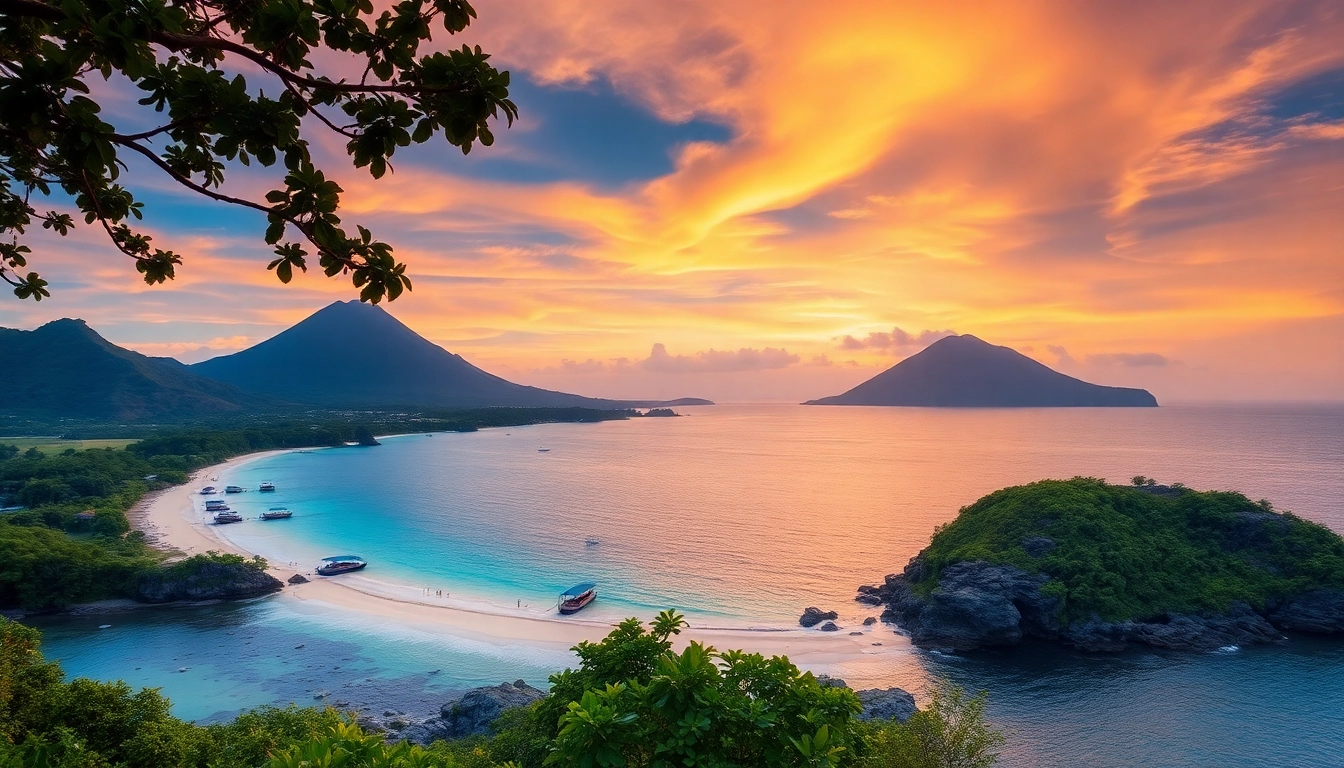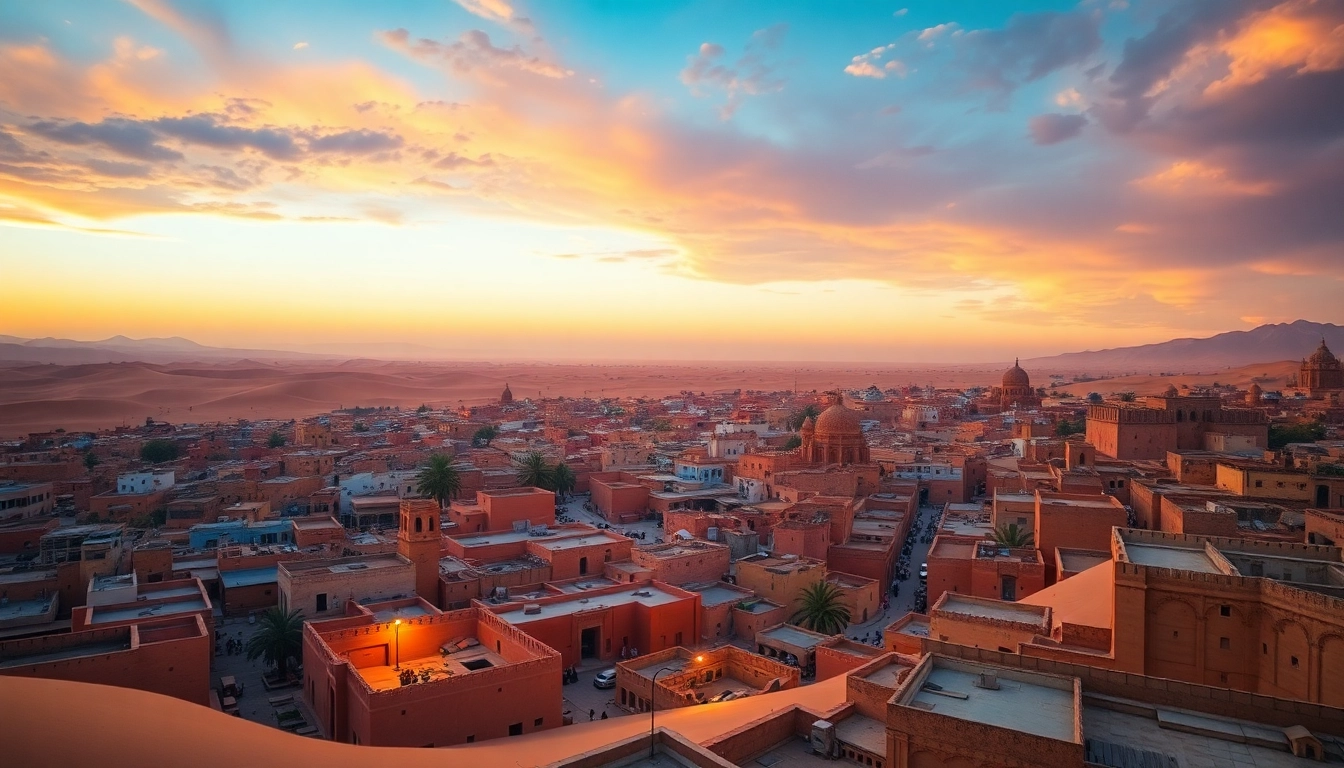Introduction to Trekking in Indonesia: Opportunities and Unique Experiences
Indonesia, an archipelago renowned for its stunning landscapes, diverse ecosystems, and rich cultural tapestry, is a premier destination for trekking enthusiasts seeking adventure and authentic experiences. From lush rainforests and active volcanoes to remote mountain villages and pristine beaches, Indonesia offers a wide array of trails that cater to both novice hikers and seasoned trekkers. Whether you’re aiming to conquer volcanic summits like Mount Rinjani, explore the dense jungles of Borneo, or traverse scenic highlands in Bali, the opportunities for trekking are boundless. For those eager to immerse themselves more deeply into Indonesia’s natural beauty, exploring Trek through these diverse terrains promises unforgettable memories and transformative journeys.
Understanding the unique features of Indonesian landscapes, climate conditions, and cultural contexts is essential for planning successful treks. This comprehensive guide will navigate you through the top trekking regions, essential gear, optimal planning strategies, environmental considerations, and how to integrate trekking into a broader Indonesian travel experience. Whether you’re an adventure seeker or a cultural explorer, Indonesia’s trails are designed to provide a harmonious blend of challenge, discovery, and respect for nature and local communities.
What makes Indonesia a prime destination for Trek enthusiasts
Indonesia’s appeal to trekking enthusiasts stems from its remarkable geographical diversity and the sheer range of natural wonders that await exploration. The archipelago encompasses over 17,000 islands, each with its own unique terrain and ecosystems, making it an open-air playground for adventurers. Here’s what makes Indonesia a top trekker’s paradise:
-
Volcanic Landscapes
Indonesia is situated along the Pacific Ring of Fire, hosting more than 130 active volcanoes. Climbing iconic peaks such as Mount Rinjani in Lombok, Mount Bromo in East Java, and Mount Merapi in Central Java offers trekkers spectacular views and a chance to witness geothermal wonders firsthand. These volcanic terrains often combine lush crater lakes, sulfurous fumaroles, and rugged lava fields, providing diverse challenges for hikers.
-
Rainforests and Biodiversity Hotspots
The dense rainforests of Borneo and Sumatra are among the world’s richest ecosystems, home to endangered species like orangutans, Sumatran tigers, and rhinoceroses. Trekking through these jungles involves navigating canopy bridges, river crossings, and trail networks that reveal Indonesia’s incredible flora and fauna.
-
Cultural and Historical Richness
Many trekking routes are intertwined with local cultures and ancient temples. The traditional villages, rice terraces, and spiritual sites along the way give trekkers a chance to witness indigenous customs and lifestyles, enriching their journey beyond the physical challenge.
-
Climate and Ecosystems
Indonesia’s tropical climate varies regionally but generally offers warm temperatures year-round, with distinct wet and dry seasons. Trekkers can choose optimal timing—typically during the dry season from April to October—to enjoy clear skies and safer trekking conditions. The diverse ecosystems, from alpine zones on high volcanoes to coastal mangroves, ensure terrain variations that keep every trek unique and engaging.
These factors combined affirm Indonesia’s status as an extraordinary trek destination, inviting adventurers to explore its hidden corners and iconic peaks alike.
Popular trekking regions and must-visit trails
Indonesia’s sprawling landscape offers innumerable trails for all skill levels. Here, we highlight some of the most coveted trekking regions and their signature routes:
1. Lombok and Mount Rinjani
Mount Rinjani, Indonesia’s second-highest volcano, stands at 3,726 meters and is a magnet for trekkers seeking a challenging ascent with rewarding vistas. The Rinjani Trek typically spans 3–4 days, starting from SEmbai or Senaru villages. Trekkers traverse lush forests, hot springs, and crater lakes, culminating in panoramic views of the surrounding islands and the Indian Ocean. Guides are strongly recommended due to the challenging terrain and changing weather conditions.
Beyond Rinjani, Lombok’s coastal trails along the Gili Islands and hiking into traditional Sasak villages provide additional opportunities for exploration, cultural immersion, and coastal trekking.




